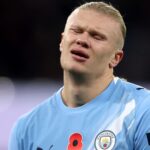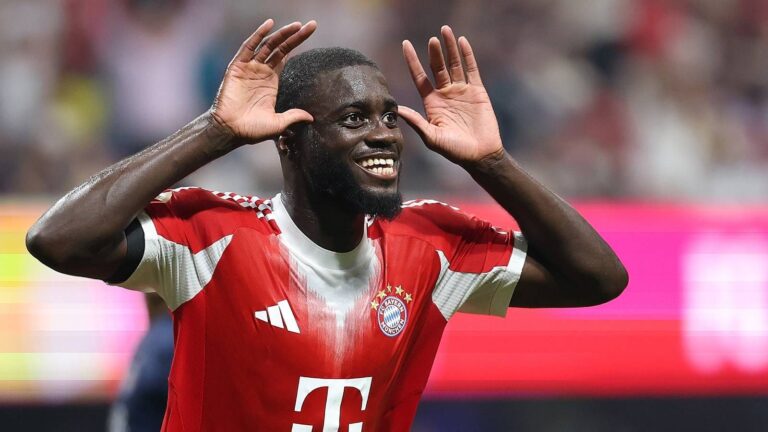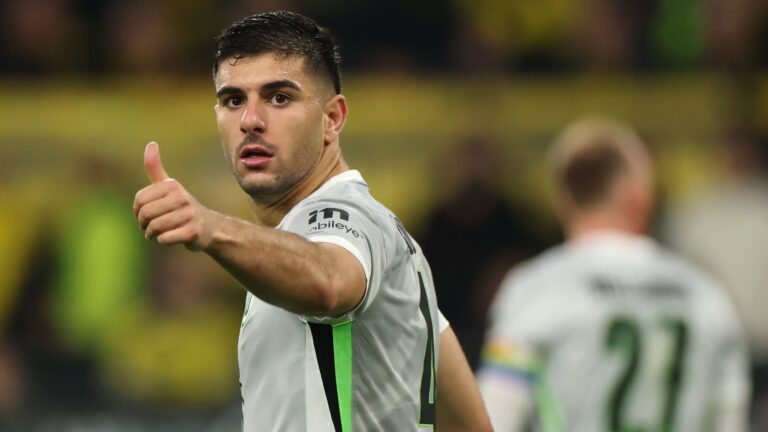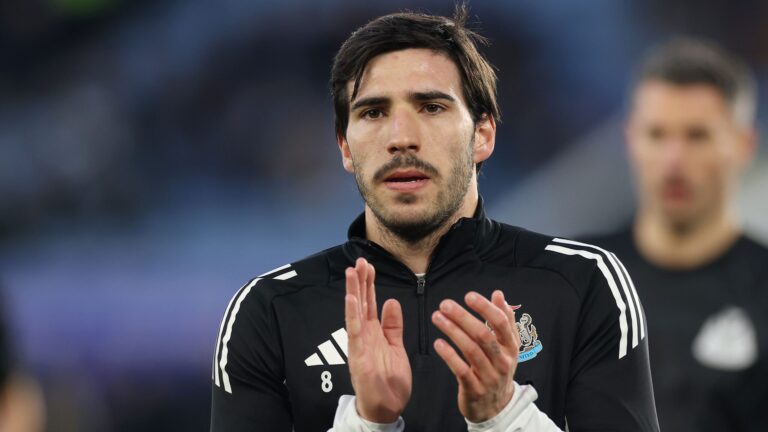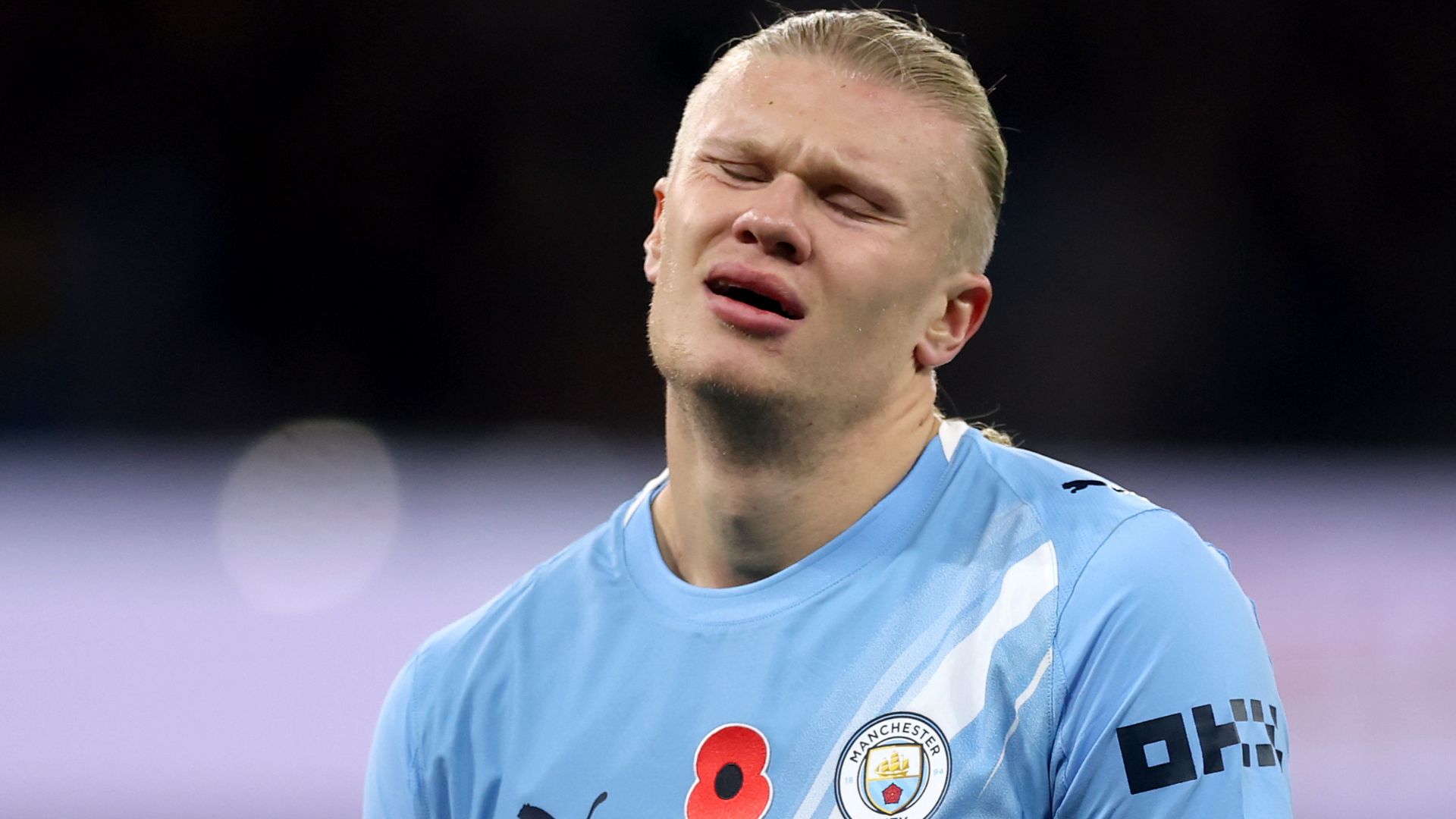
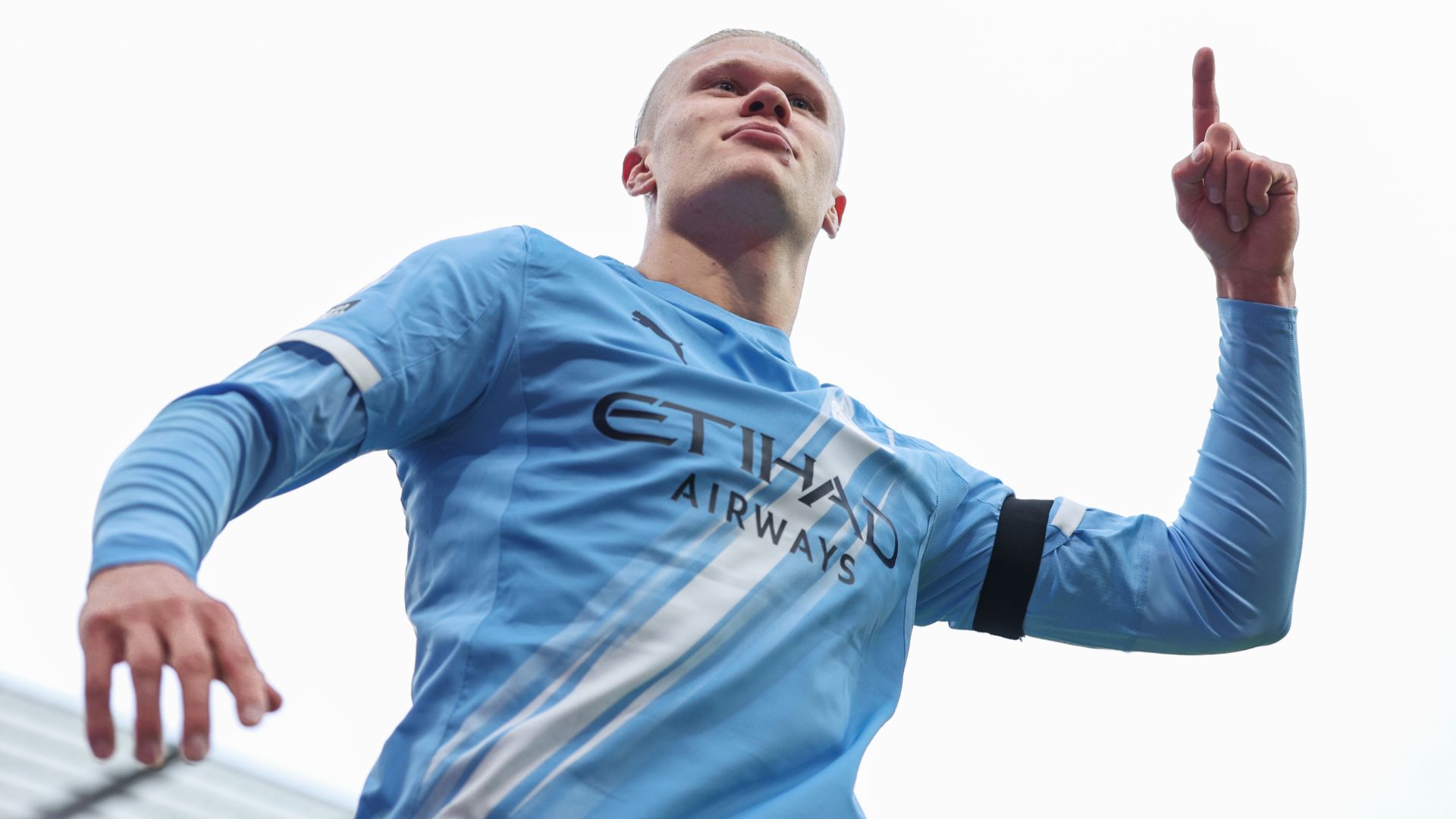
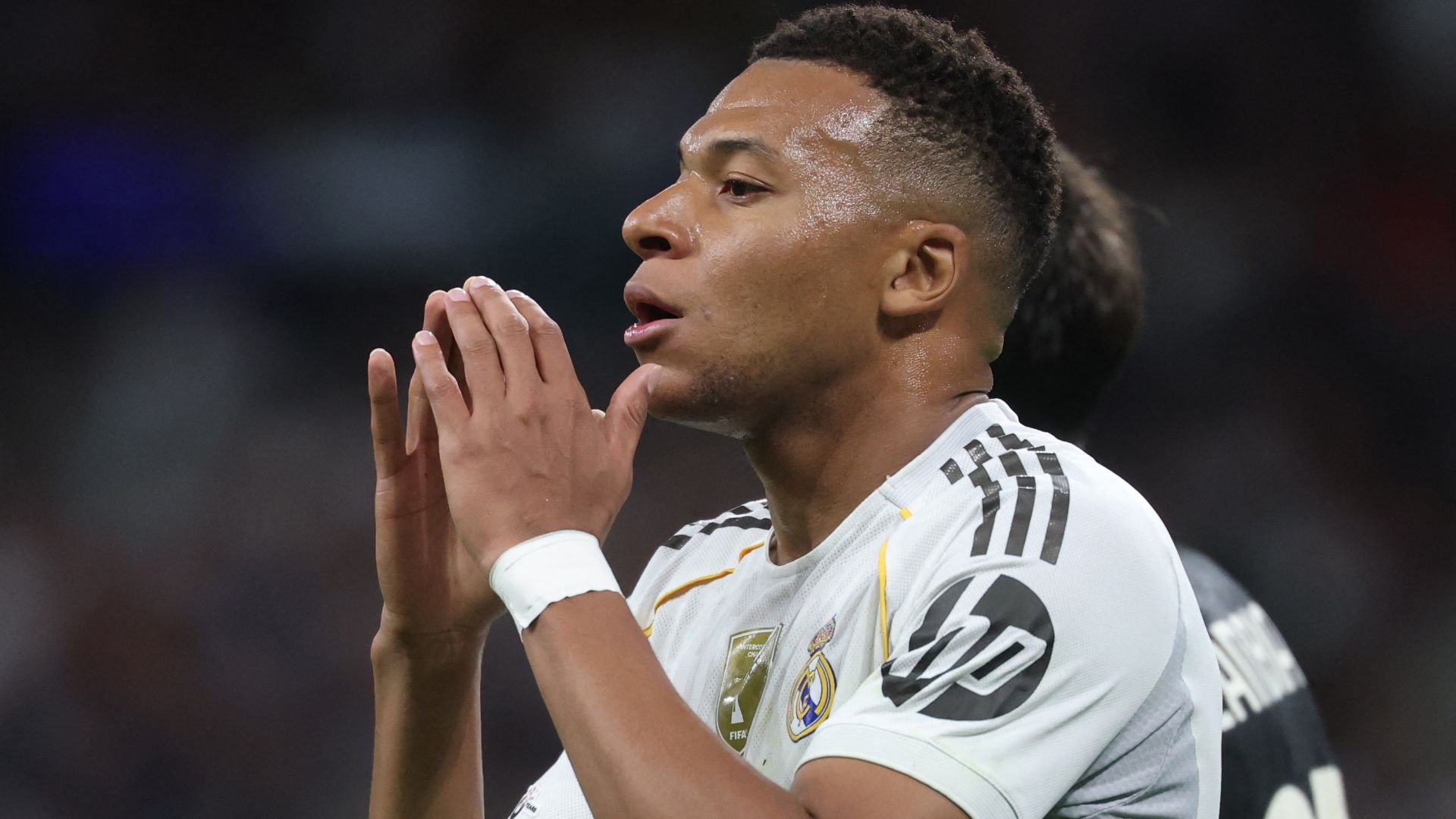
Strategic Moves in Football Transfers: Real Madrid’s Smart Pass on Haaland
In the ever-evolving world of football, decisions about player acquisitions can define a club’s future success, and Real Madrid’s choice to forego signing Erling Haaland stands out as a masterstroke. This insightful perspective comes from a former star, highlighting how such moves pave the way for emerging talents like Kylian Mbappe to shine, while also eyeing the next wave of players poised to succeed legends such as Lionel Messi and Cristiano Ronaldo. As we explore this decision, it becomes clear that focusing on internal development often trumps external splashes, offering a blueprint for sustained dominance in European football.
Real Madrid’s Transfer Philosophy and Haaland’s Path
Renowned for their ambitious approach under president Florentino Perez, the Spanish powerhouse had been strongly associated with the prolific goal-scorer from Borussia Dortmund when opportunities arose for his departure. Ultimately, no agreement materialized as Haaland chose to pursue a career in England, echoing his father’s legacy.
Speculation persists about ongoing interest from Madrid, especially given Haaland’s outstanding performance stats at his current Premier League club. Nevertheless, his long-term commitment extends until 2034, making any potential switch more complex.
Adapting Internal Talent Over New Acquisitions
While the club remains eager to attract top-tier players, they have successfully molded the World Cup champion from France into a dominant central forward. This development ensures that the key attacking role is securely occupied, potentially causing unrest if someone like Haaland were introduced.
According to the former Madrid midfielder, this viewpoint underscores the benefits of the current strategy. He shared in an interview: “Real Madrid made an excellent decision by passing on Haaland. There was a time when they considered pairing Mbappe on the wing with Haaland up front, but the present setup is far superior since Mbappe has truly evolved into a top-tier forward.”
“His positioning and movement in attack are exceptional, and I feel he’s far more effective in that role than on the flank, so bringing in Haaland no longer fits. That’s a win for his current team!”
The Battle for Individual Accolades
Both Haaland and Mbappe are set to vie for the prestigious Ballon d’Or award each year, representing their respective teams in England’s top league and Spain’s elite competition. Though they’ve been contenders in the past, the trophy has eluded them so far.
With the iconic duo of Messi and Ronaldo winding down their extraordinary careers, the path to this honor is opening up for newcomers. For instance, Ousmane Dembele from Paris Saint-Germain claimed the title of the world’s top player in 2025, illustrating this shift.
Shaping the Future of Football Stars
Having been part of high-stakes discussions himself after contributing to a Champions League victory with Inter in 2010, the ex-player offered thoughts on upcoming dominators: “As Messi and Ronaldo step away, the spotlight will shift to figures like Mbappe, Vinicius, and Lamine Yamal in the same vein as we revered Ronaldo and Messi. It’s essentially about successive eras. Just as new talents emerged after Maradona’s era ended.”
“Even centuries from now, the conversation will evolve; a fresh cohort will take over, but upon their exit, we’ll celebrate Mbappe, Yamal, and Vinicius much like we do Ronaldo and Messi today.”
Recent Ballon d’Or Outcomes and Rising Threats
In the 2023 voting, both Mbappe and Haaland secured spots in the top three but fell short against the eight-time recipient Messi, who triumphed following his World Cup success with Argentina. Since then, others like Rodri and Dembele have claimed the award.
The Emergence of Young Prodigies
A potential challenge for the star strikers in Manchester and Madrid comes from the young Barcelona sensation, who placed second in the 2025 Ballon d’Or at only 18 years old. His immense potential suggests he could mirror the achievements of Messi and Ronaldo, pushing Mbappe and his peers to elevate their performances to secure the most coveted individual prize and avoid ongoing disappointments.
Real Madrid’s Strategic Decision to Forego Erling Haaland
Why Real Madrid Chose to Skip on Haaland
Real Madrid’s choice to not pursue Erling Haaland has sparked intense discussions among football fans and analysts alike. This strategic decision reflects the club’s long-term vision for building a sustainable and balanced squad, especially in the post-Messi and Ronaldo era. Haaland, known for his explosive goal-scoring ability and physical prowess, was a prime target for many top clubs, but Real Madrid opted for a more cautious approach. Factors like financial fair play regulations, squad depth, and the emergence of in-house talents played a significant role in this call.
One key reason behind bypassing Haaland was the high transfer fee associated with him, which could have exceeded €100 million plus additional bonuses. Real Madrid’s management, led by Florentino Pérez, prioritized financial stability and investing in younger players who align with the club’s philosophy. For instance, instead of splurging on Haaland, they focused on signings like Jude Bellingham, who offers versatility in midfield and fits seamlessly into their tactical setup. This move highlights how strategic decisions in football transfer windows can prioritize long-term success over short-term gains, especially for successors to legends like Messi and Ronaldo.
In a broader context, avoiding Haaland allowed Real Madrid to maintain wage structure harmony within the team. Haaland’s demands might have disrupted the squad’s dynamics, whereas nurturing existing stars ensures a more cohesive unit. Fans of Real Madrid and those tracking European football transfers can appreciate how this decision underscores the club’s commitment to strategic planning in the competitive landscape of La Liga and the Champions League.
Insights from a Former Star on Real Madrid’s Approach
Drawing from the expertise of former stars, such as Zinedine Zidane, who once managed Real Madrid, we gain valuable perspectives on why passing on Haaland was a smart play. Zidane, a club icon and successful coach, has often emphasized the importance of patience in building a team around homegrown talent. In interviews, he has shared thoughts on how Real Madrid’s strategy involves identifying successors to Messi and Ronaldo who can blend seamlessly with the team’s style, rather than relying on high-profile acquisitions that might not adapt quickly.
Zidane pointed out that players like Vinicius Junior and Rodrygo, already at Real Madrid, show promise as potential heirs to the thrones of Messi and Ronaldo. He stressed that true success lies in developing versatile attackers who can contribute defensively and creatively, much like the legends did. For Real Madrid enthusiasts exploring options for future stars, these insights remind us that strategic decisions aren’t just about star power but about fostering a winning culture.
Another angle from former players highlights the risks of over-reliance on a single striker. For example, legends like Luis Figo have commented on how Haaland’s style, while dominant, might not align perfectly with Real Madrid’s fluid attacking system under managers like Carlo Ancelotti. This perspective encourages a deeper look at how clubs like Real Madrid evaluate potential successors to Messi and Ronaldo, focusing on attributes beyond goals, such as leadership and tactical intelligence.
Potential Successors to Messi and Ronaldo in Real Madrid’s Squad
When discussing successors to Messi and Ronaldo, Real Madrid’s pipeline of talent stands out as one of the most promising in world football. These players not only carry the potential to fill the massive shoes left by the duo but also bring fresh energy to the team’s pursuit of domestic and European glory.
- Kylian Mbappe as a Top Contender: Often linked with Real Madrid, Mbappe’s speed, dribbling, and finishing mirror Ronaldo’s explosive style while adding a modern twist. At just 26, he’s proven his worth in high-stakes games, making him a prime candidate for leading Real Madrid’s attack in the coming years. Experts in football transfers note that his potential move could be a strategic masterstroke, especially after the Haaland decision.
- Vinicius Junior: The In-House Phenom: Already a key player, Vinicius embodies the creativity and flair reminiscent of Messi’s prime. His ability to cut inside from the wings and create chances has been pivotal in Real Madrid’s recent successes. Bullet points like this highlight why internal developments are crucial for finding successors to Messi and Ronaldo, offering cost-effective and culturally fitting options.
- Jude Bellingham: Midfield Maestro with Forward Potential: Bellingham’s recent signing represents a forward-thinking strategy, as he can evolve into a hybrid role that combines Ronaldo’s work rate with Messi’s vision. At 22, his performances in the Champions League showcase why Real Madrid’s choice to invest in him over Haaland could pay dividends, providing balance and depth to the squad.
- Other Emerging Talents to Watch: Players like Eduardo Camavinga and Rodrygo are gaining traction as potential pieces in the puzzle. Camavinga offers defensive solidity with attacking flair, while Rodrygo’s goal-scoring efficiency could see him step up as a reliable successor. These options underscore the strategic decision-making at Real Madrid, focusing on versatile players who can adapt to various formations in matches against top rivals.
Exploring these potential successors to Messi and Ronaldo reveals how Real Madrid is positioning itself for sustained success. The club’s ability to scout and develop talent internally, as evidenced by their Haaland decision, ensures a robust lineup capable of competing at the highest levels. Fans interested in Real Madrid’s transfer strategy and European football insights will find this approach both exciting and pragmatic.
The Impact of This Decision on Real Madrid’s Future
Delving deeper into the ramifications, Real Madrid’s strategic pivot away from Haaland has opened doors for squad rejuvenation. By allocating resources to multi-positional players, the club enhances its resilience against injuries and tactical shifts. For instance, in high-pressure fixtures like El Clásico, having a balanced roster with successors to Messi and Ronaldo in mind can make all the difference.
Moreover, this decision aligns with trends in modern football, where data analytics play a huge role. Real Madrid’s use of performance metrics to evaluate players means they’re less likely to chase trends and more focused on data-driven choices. This has led to a more sustainable model, attracting attention from global audiences searching for Real Madrid updates and strategic insights.
In summary of this section, the foresight in forgoing Haaland positions Real Madrid as a forward-thinking giant, ready to dominate with a new generation of stars. (Word count: 852)

